You have questions, we have answers!
Our blog is here to be a constant resource for all your orthopedic and sports medicine needs.
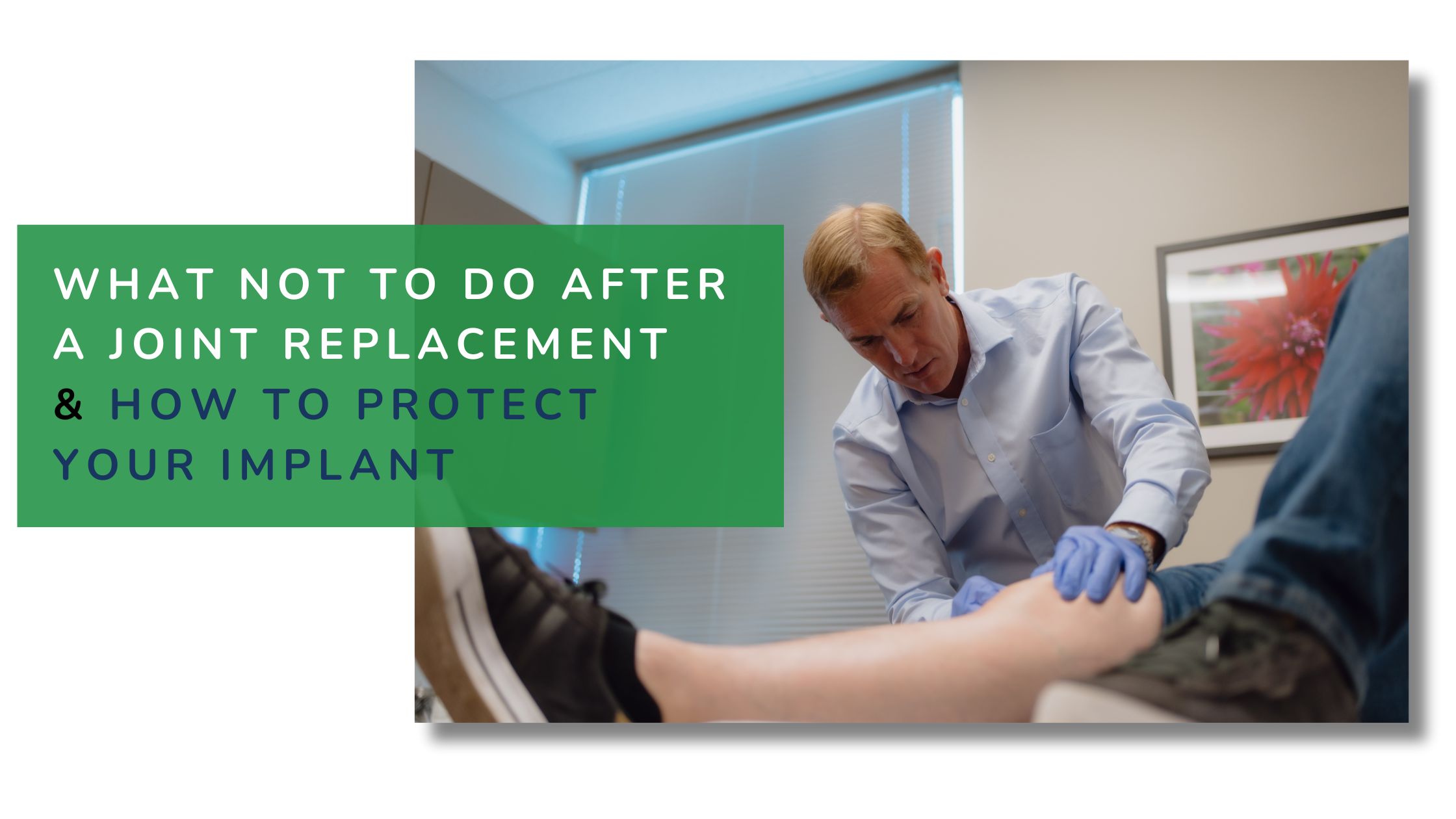
What Not to Do After Joint Replacement surgery
Regaining mobility after joint replacement surgery is fantastic, but proper care is key! Our guide explains what not to do to protect your new joint. Learn why high-impact activities are off-limits, discover the best low-impact exercises for recovery, and find out why following your doctor's recovery plan is crucial. Ensure a smooth recovery and get back to enjoying life with these essential post-surgery tips!
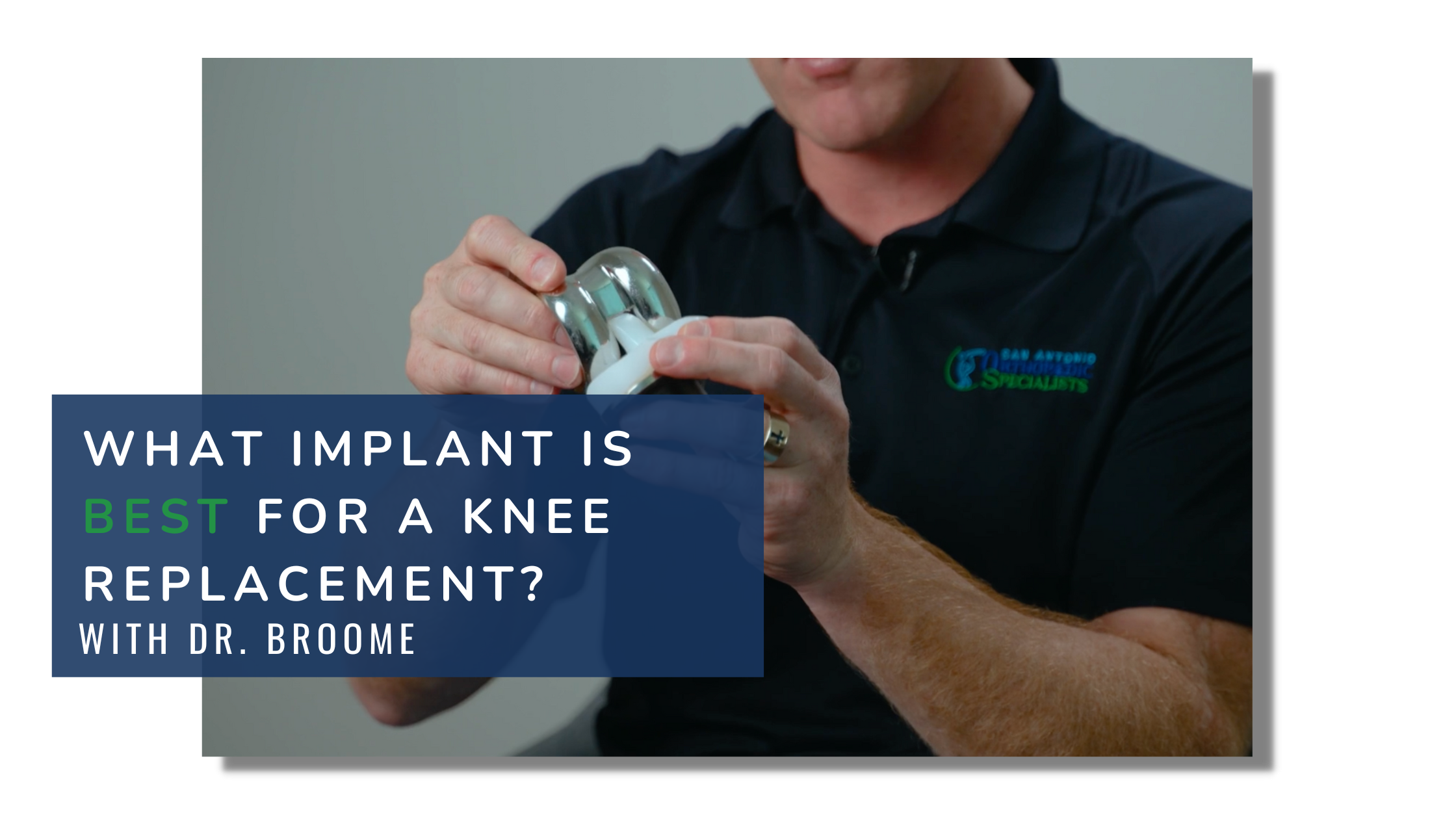
What Implant Is Best for a knee replacement?
We asked Dr. Broome what his favorite knee implant is to use for knee replacement surgery — read along to find out which one he chooses and why!
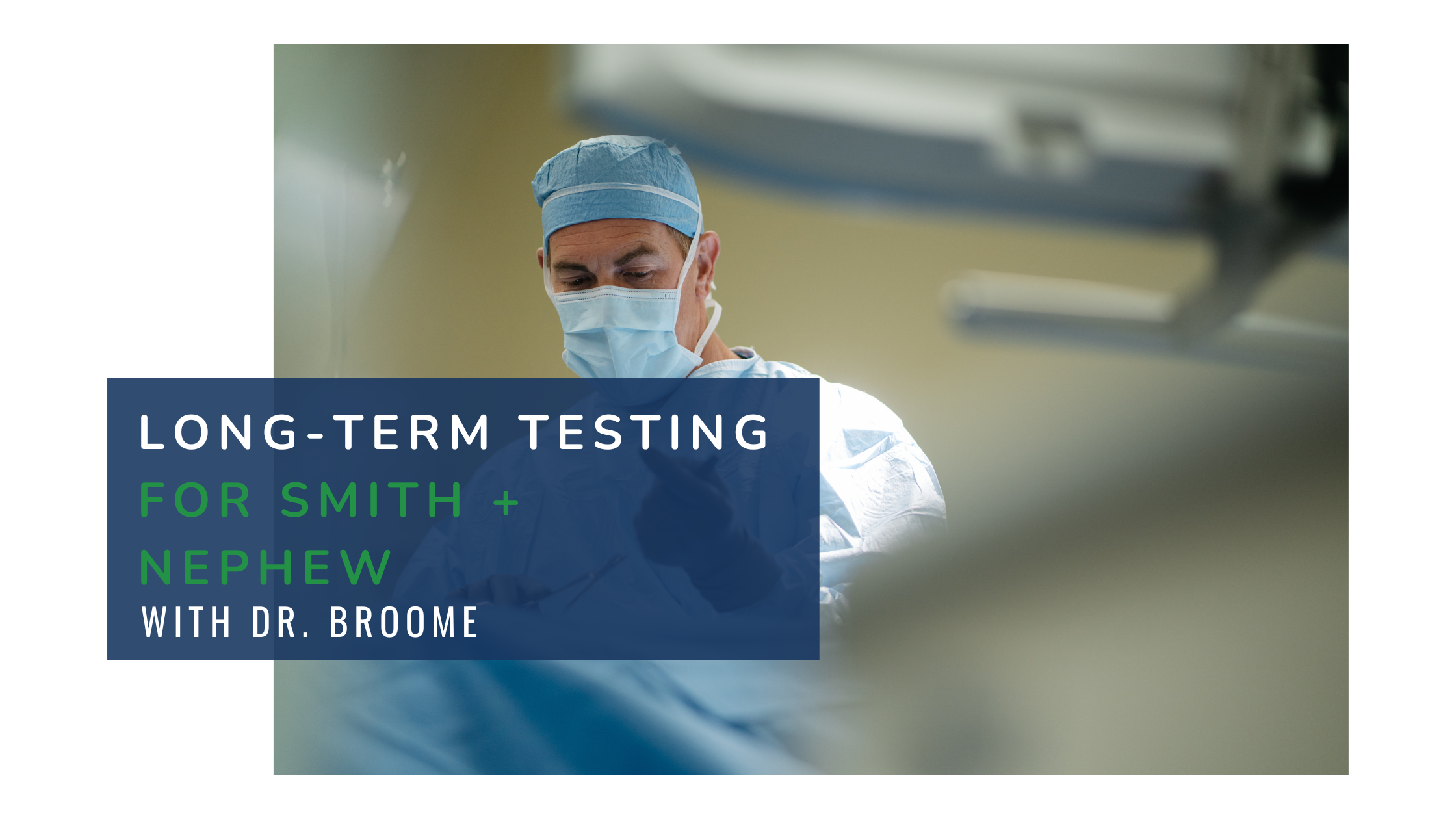
LONG-TERM TESTING FOR SMITH + NEPHEW with dr. broome
Dr. Broome specializes in knee replacement surgery, and his research and studies have led him to believe that Smith + Nephew knee implants are the best choice for his patients!
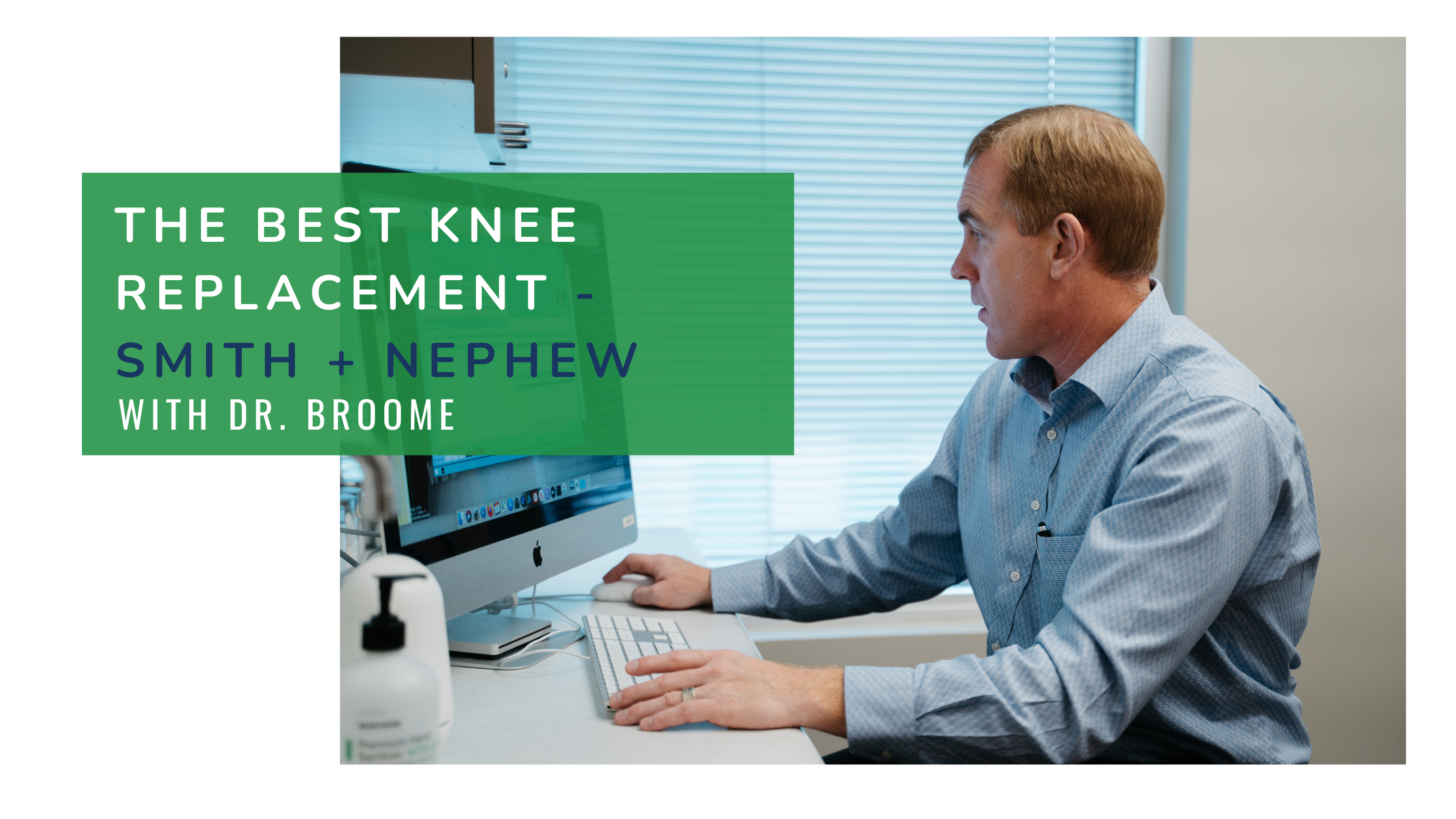
The Best Knee Replacement - Smith + Nephew with Dr. Broome
Our main goal is for our patients to feel comfortable and pain-free after their knee replacement surgery. That’s why we have chosen the top-tier knee implant, Smith + Nephew, to relieve any pain you are experiencing.

Life After A Knee Replacement
One thing I liked about the Dr. Harris approach, he was actually the first Surgeon in San Antonio to do minimal invasive surgery.
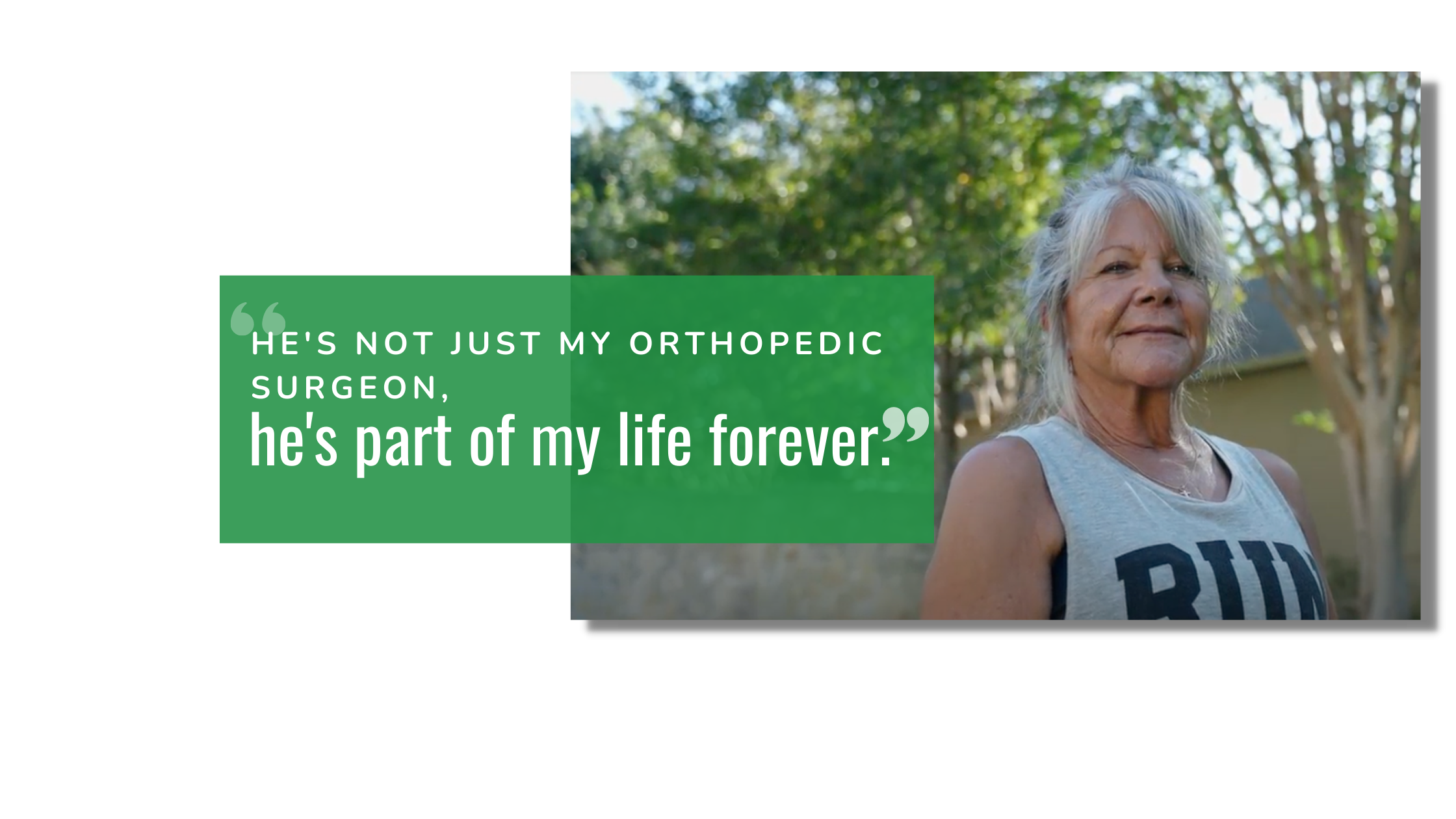
A Knee Replacement Patient Testimonial for Dr. Broome
To be honest with you, I truly believe I'm better now than I was before the surgery. I truly do.
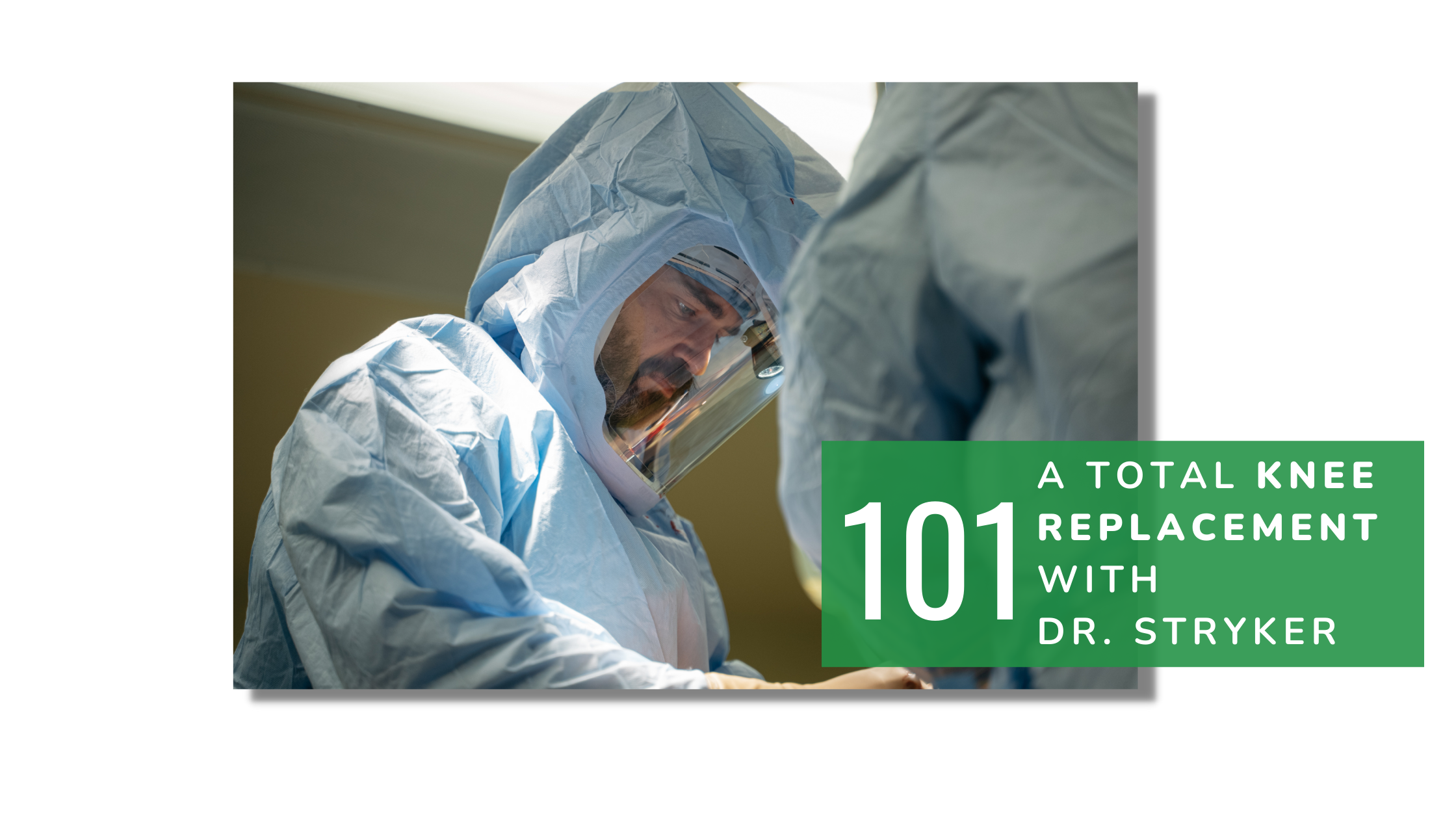
STRAIGHT FROM DR. STRYKER: TOTAL KNEE REPLACEMENT 101
Dr. Stryker uses a technique he created for first time knee replacement patients. He still makes an incision over the front of the knee. However, instead of cutting the tendon that attaches to the kneecap or the quadriceps tendon, he actually comes underneath the muscle and slides that muscle over the top to get into the knee. Then, he uses a computer to help him align the cutting guides. He would, then, shave off the very end of the thigh bone and the very top of the shin bone to replace those with metal caps.

Why See an Orthopaedic Specialist?
Many assume that the only reason to visit an orthopedic surgeon (specialist) is for surgery, but that's simply not the case. Orthopedic doctors specialize in the musculoskeletal system: the muscles, nerves, bones, joints, and connective tissues. They see patients with a variety of conditions such as arthritis, bursitis, osteoporosis, tumors, pain (such as knee pain, hip pain, joint pain, and muscle pain).
